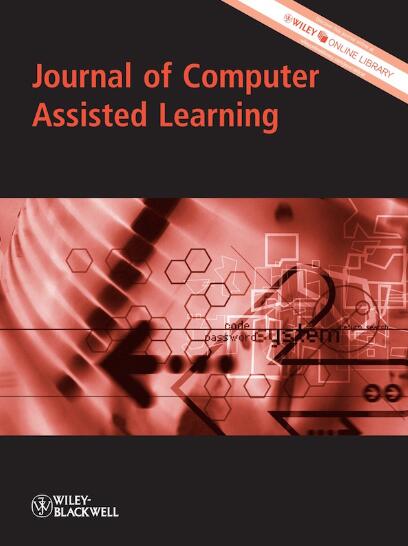The Effects of Self-Explanation on Secondary School Students' Computational Thinking and Programming Behaviour
Abstract
Background
Computational thinking (CT) refers to the ability to represent problems, design solutions and migrate solutions computationally. While previous studies have shown that self-explanation can enhance students' learning, few empirical studies have examined the effects of using different self-explanation prompts to cultivate students' CT skills.
Objectives
This study aimed to investigate the effects of self-explanation on students' CT skills and programming behaviours.
Methods
Using a quasi-experimental design, 60 7th-grade students were recruited to participate in a 5-week programme. They were randomly assigned to one of three conditions: a group that received scaffolded self-explanation prompts (n = 20), a group that received open-ended self-explanation prompts (n = 20) or a control group that received no self-explanation prompts (n = 20). A series of analyses of covariance (ANCOVAs) were conducted to explore the effects of self-explanation on learning CT skills, and lag sequential analysis (LSA) was used to examine the behavioural patterns and traits exhibited by participants in these three groups throughout the programming learning process.
Results and Conclusions
The results revealed that the students in the experimental groups (i.e., both the scaffolded and the open-ended self-explanation groups) exhibited significantly better CT skills than did those in the control group. Additionally, the students in the experimental groups exhibited more logical and systematic thinking behaviours (e.g., explanations, conclusions, operational simulations and predictions) than did those in the control group. Overall, our findings provide valuable insights that can support the design of instructional strategies to promote students' CT through programming.

 求助内容:
求助内容: 应助结果提醒方式:
应助结果提醒方式:


